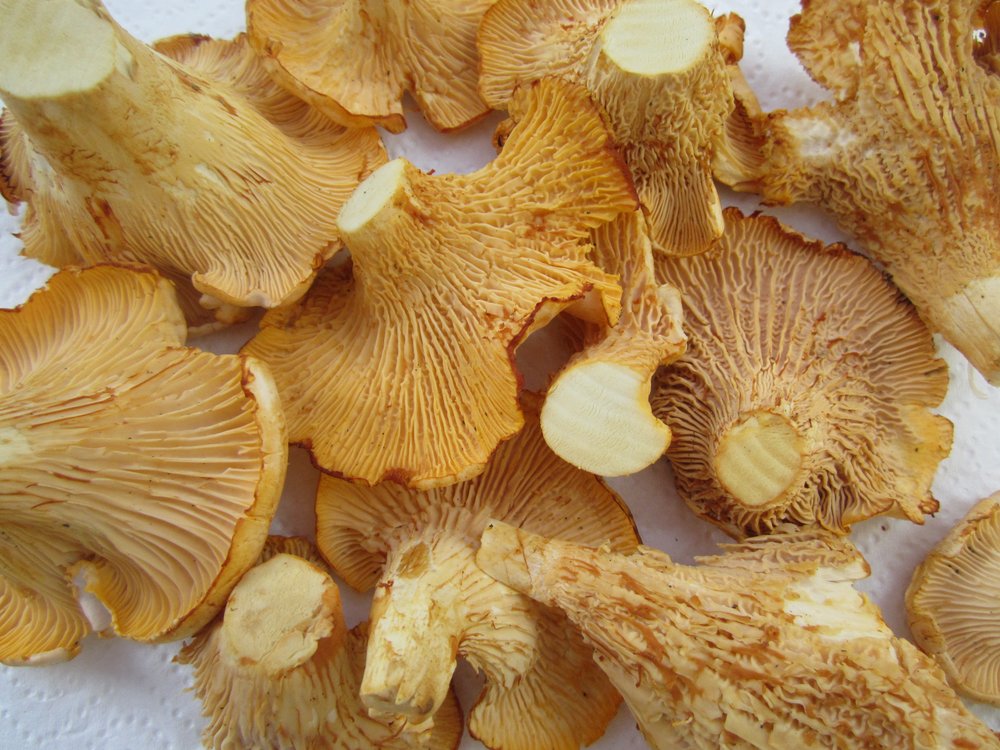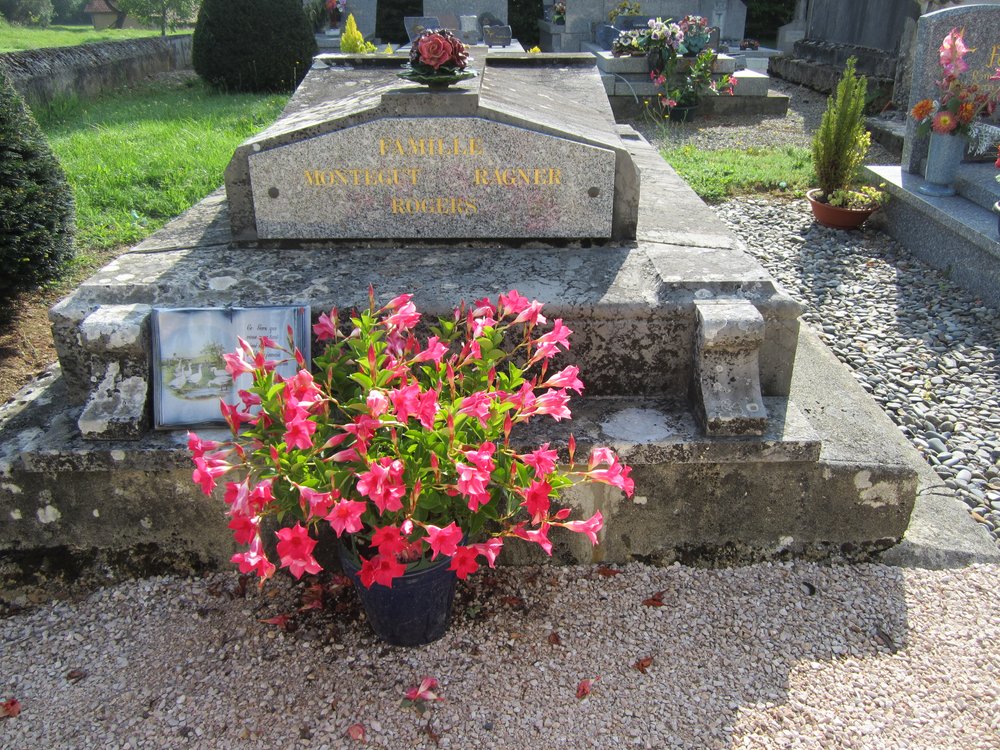
The dirt path is bumpy and barely used by farmers coming to cut wood. A few open fields deep in the woods are used to graze cattle. The woods are filled with chestnut trees, the green spiny fruit dangling, beech trees, some holly. The land in the woods is often terraced, a reminder that this region was mostly vineyards until phylloxera destroyed the vines in the late nineteenth century.
Near the house that is now owned by two Dutch women, we turned right. The day before we had visited the women, who have set up shop to make cheese here in this isolated patch of French soil. We had heard of these two for the ten years since they moved in—that they are Dutch is a novelty in an area where the British have come to settle. But more, that they are a couple has pretty much everyone talking. “We’ve seen everything here in Estampes,” Odette says clapping her hands and laughing. But newcomers to the area are scrutinized. Odette knows this as her husband Stanis, came from Polish stock: Baczkowski. She was ostracized from her family for marrying a Pole, who was more French than some Frenchmen.
